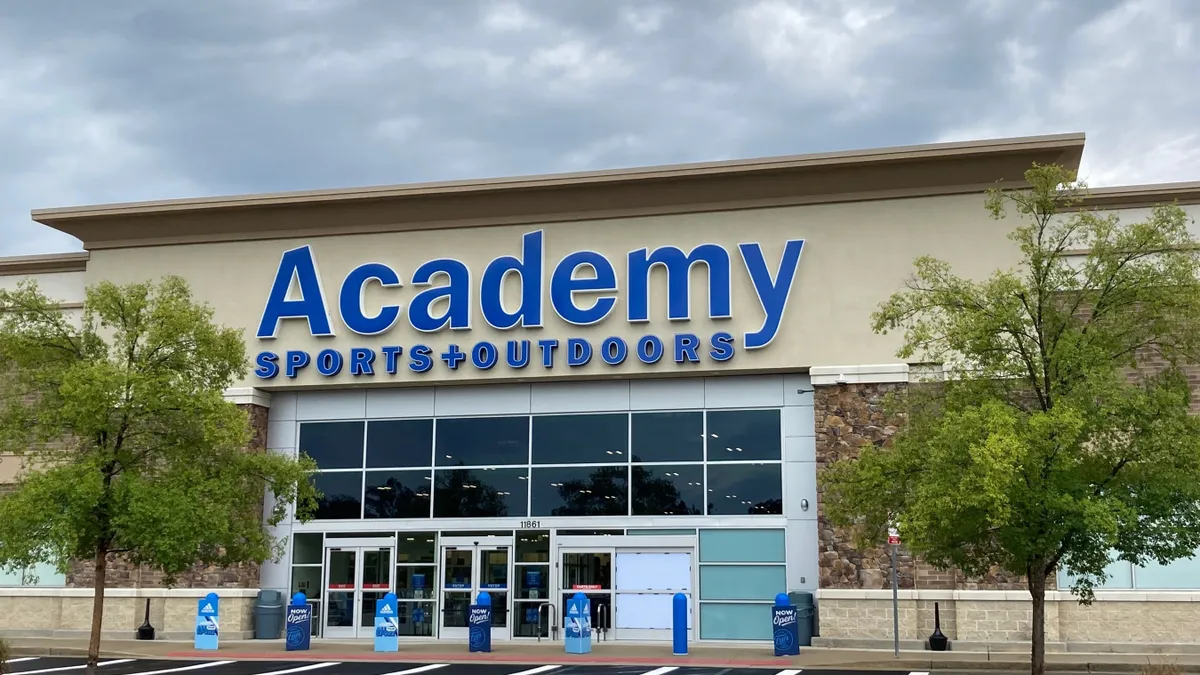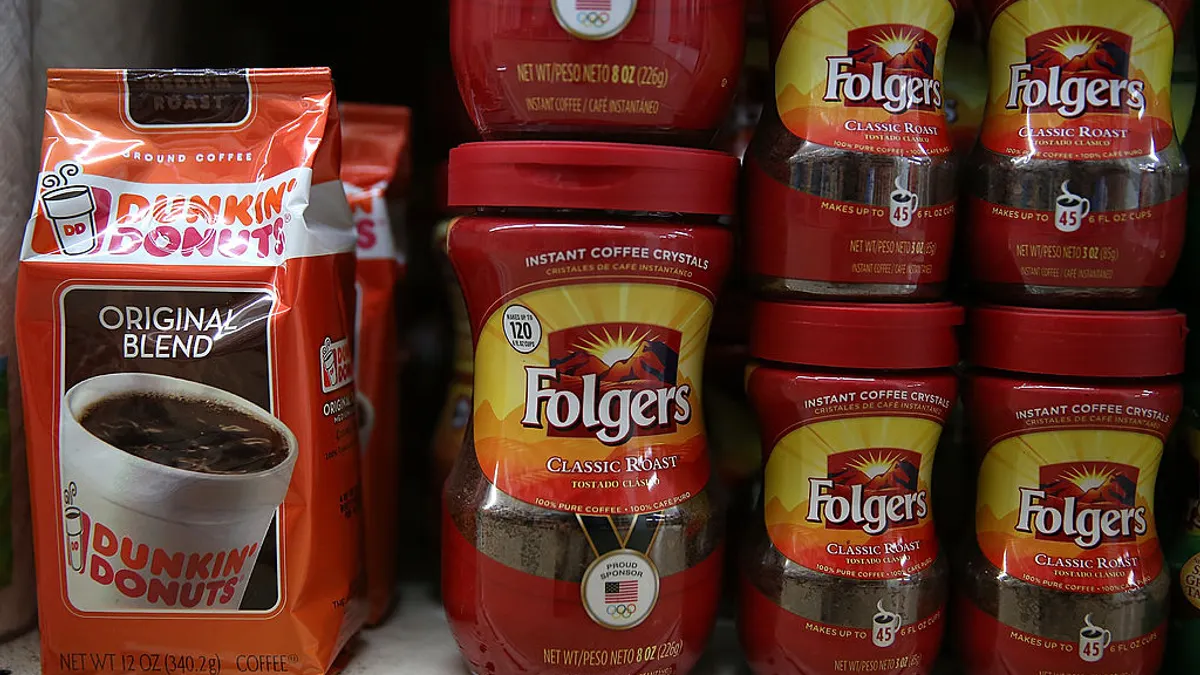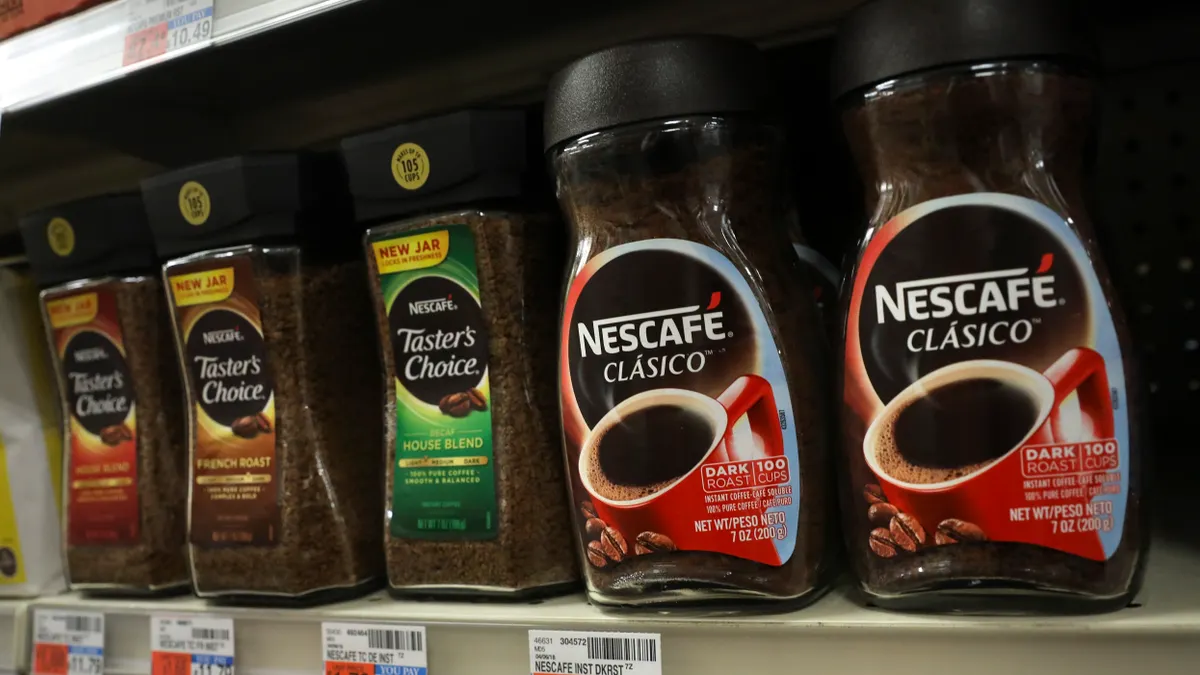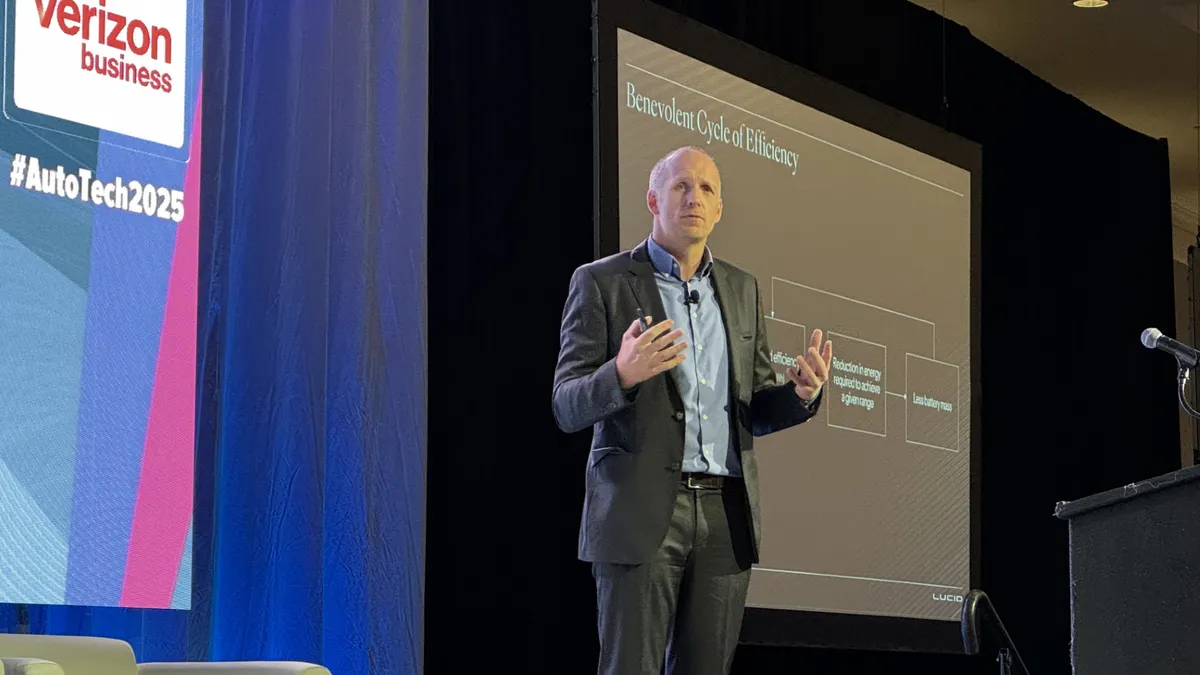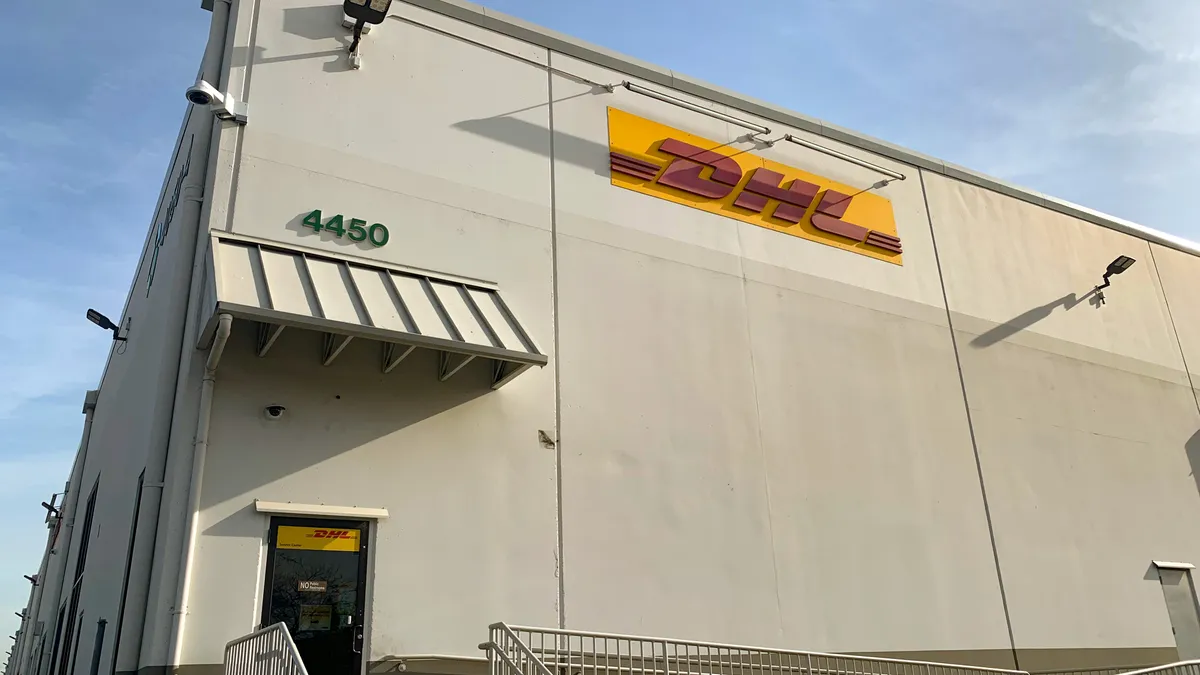At RILA's supply chain conference in Phoenix, Arizona last week, leaders in the retail industry shared their companies' transformations in logistics and operations, and the successes, failures and lessons learned along the way.
Here are five takeaways from the conference:
1. A store isn't just a store anymore
As e-commerce grows, brick-and-mortar stores no longer serve the exclusive purpose of a place to browse and purchase merchandise. During Sona Chawla’s opening keynote, the Kohl’s COO said stores now act as fulfillment centers.
Customers can order an item online but pick it up in store (BOPIS). Or if they want to return an item purchased online, they can return it to the store instead of via FedEx or UPS.
With the additional merchandise, stores act as warehouses, storing goods for distribution. The non-linear flow of merchandise requires a greater need for demand planning and inventory management so stores don’t become overburdened.
The physical store can even function as a marketing product, encouraging impulse buys. For example, a Kohl’s customer goes in to pick up a shirt she ordered online, but on her way to the pick-up desk, she spots a necklace and buys it. According to research from Gartner, 45% of shoppers have made a new purchase when picking up an online order in-store.
Kohl’s stores are conveniently located across the U.S. — 80% of Americans live within 15 miles of one — so the retailer has the advantage of online shoppers going in store, and potentially buying more products.
2. The experience is as important as the product
“Consumers value time and the journey you take them on,” says Steve Laughlin, general manager for the global consumer industry at IBM. “Any way you can take care of these needs, you and your supply chain win.”
Even if a product is the latest and greatest, a poor experience can sour the product and brand for customers. This could be anything from an unfriendly store employee to inventory issues leading to products out of stock.
Doug Stephens, founder and president of Retail Prophet, compares bad customer experience to fruitcake. You can top an experience with all sorts of fancy gems, but at its core, it’s still an unappetizing fruitcake.
A good brand, Stephens says, engages the customer on a deep level, incorporating all five senses (that also includes taste, which means no fruitcake).
A positive experience develops brand loyalty — translating into significant profits for retailers.
Stephens says a single point better in a customer experience score is worth an average $2.44 in additional sales per customer.
3. Omnichannel is last season’s strategy
“Uni-channel” is the new black.
“Customers don’t think in channels anymore,” says Mike Griswold, research vice president in Gartner's Consumer Value Chain team. Instead, consumers are thinking about a unified shopping experience, whether it’s digital, physical, or a hybrid of the two.
Nearly three quarters of consumers expect to be able to view a store’s inventory online, according to Gartner, and more than half expect the option to buy online and pick up in store.
The uni-channel, just like most evolving retail strategies today, is customer-centric. Three main components surround the customer, says Aaron Conant, co-founder and managing director of eCom Advisory: The retailer, the supply chain and marketing. All three collaborate, and data drives their decision making.
Meanwhile, Amazon has moved on to what Stephens calls “omni-presence.” As the term implies, the Amazon Echo is always present, continuously collecting data about consumers who use it. When the customer uses Echo to buy dog food, it stores that data and makes an educated guess the customer is likely a dog owner.
4. Amazon doesn't have to be a threat
No doubt Amazon does a lot of things well. But the online retailer tends to be a jack of all trades, and master of just a few.
In a niche market, specialty retailers have the expertise needed to prevail over Amazon. The Home Depot, for example, isn't trying to compete with Amazon. It’s reaching for its own goal — creating the fastest, most efficient delivery in home improvement.
Some in the logistics industry initially fretted when Amazon introduced Shipping with Amazon (SWA). But without an established logistics network, Amazon has a lot of catching up to do.
Conant says big 3PLs such as FedEx, UPS and DHL already have built the infrastructure to transport and deliver goods. For Amazon to compete, it would have to offer an extremely attractive price for sellers.
Still worried about going head to head with Amazon? Don’t, Stephens says. Why compete with the site when you can partner with it instead? Physical presence leveraged with data can boost both partners — something that happened with with Amazon’s purchase of Whole Foods, allowing data and distribution to come together.
5. All generations want some form of online shopping
Generation like to blame one another for “ruining” society. Millennials have been accused of killing everything from banks to department stores, because they often favor technology over traditional transactions.
But when it comes to retail, Mike Griswold of Gartner says all generations are embracing technology — just in different ways.
An older generation might research a product online, to compare brands and prices, but ultimately make the purchase in store. Meanwhile, a younger generation may buy the product online and have it shipped to either a store location or right to their doorstep.
The applications of technology and e-commerce differ among generations, and as new generations come along, their expectations will further evolve. For retailers to keep up, they need a deep understanding of their consumers, to adjust demand planning, inventory and operations accordingly.
All supply chains “must have generational flexibility and stand the test of time,” Griswold says.








